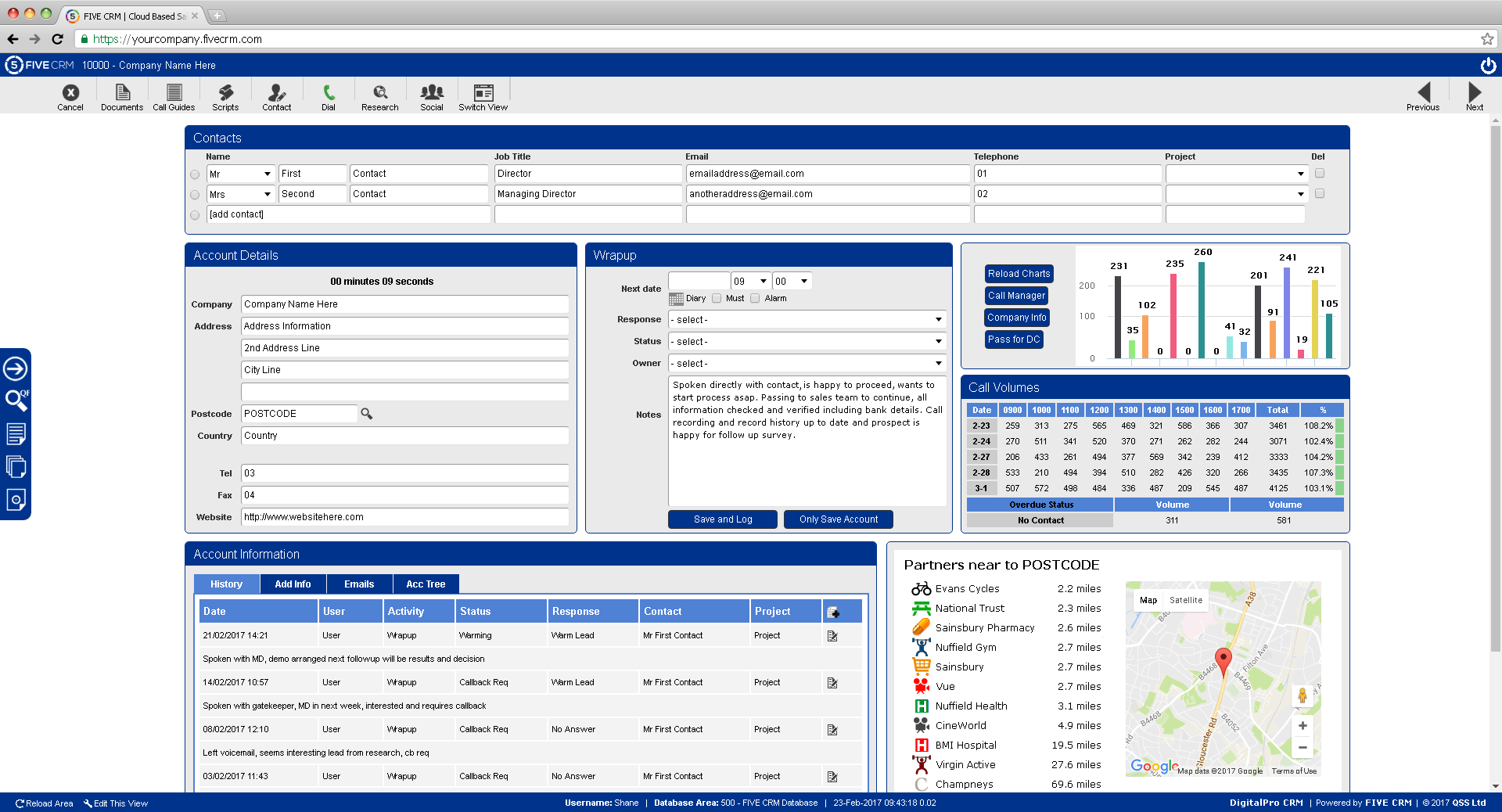CRM call center software emerges as a transformative force in the realm of customer relationship management, offering a comprehensive solution to manage and enhance customer interactions. This guide delves into the intricacies of CRM call center software, exploring its key features, benefits, and best practices for successful implementation.
As businesses strive to deliver exceptional customer experiences, CRM call center software has become an indispensable tool, providing a centralized platform to streamline operations, improve communication, and foster lasting customer relationships.
Definition and Purpose

CRM call center software is a powerful tool designed to enhance customer interactions and streamline operations within call centers. It provides a centralized platform that enables agents to effectively manage customer relationships, track interactions, and deliver personalized experiences.
By integrating customer data, communication channels, and analytics, CRM call center software empowers businesses to gain a comprehensive understanding of their customers’ needs and preferences. This allows them to tailor their interactions, resolve issues efficiently, and foster long-term relationships.
Key Features
- Centralized customer data management
- Omnichannel communication capabilities
- Real-time analytics and reporting
- Automated workflows and routing
- Agent performance tracking and optimization
Key Features
Modern CRM call center software is equipped with an array of indispensable features that empower businesses to elevate their customer interactions. These features enhance efficiency, optimize processes, and foster personalized customer experiences.
Here’s a comprehensive overview of the essential features that distinguish exceptional CRM call center software:
Call Management
- Automatic Call Distribution (ACD):Intelligently routes incoming calls to the most suitable agents based on predefined criteria, ensuring efficient call handling.
- Interactive Voice Response (IVR):Guides callers through self-service options, reducing wait times and providing a personalized experience.
- Call Queuing:Manages call volume during peak periods, offering callers an estimated wait time and the option to hold or request a callback.
Customer Relationship Management (CRM) Integration
- Unified Customer View:Provides a consolidated view of customer interactions across multiple channels, enabling agents to access comprehensive customer data.
- Activity Tracking:Logs and tracks all customer interactions, including calls, emails, chats, and social media messages, for a complete customer history.
- Case Management:Facilitates the creation, tracking, and resolution of customer cases, ensuring prompt and efficient issue resolution.
Analytics and Reporting
- Call Analytics:Provides detailed insights into call metrics such as average call duration, abandonment rates, and first call resolution, enabling data-driven performance optimization.
- Agent Performance Monitoring:Tracks agent metrics such as call volume, handle time, and customer satisfaction ratings, helping identify areas for improvement.
- Customizable Dashboards:Offers customizable dashboards that display key performance indicators (KPIs) and provide real-time insights into call center operations.
Additional Features, Crm call center software
- Call Recording:Captures and stores call conversations for quality assurance, training, and dispute resolution.
- Callback Scheduling:Allows agents to schedule callbacks at a convenient time for the customer, reducing wait times and improving customer satisfaction.
- Omnichannel Support:Integrates multiple communication channels such as phone, email, chat, and social media, providing a seamless customer experience.
Benefits of Implementation

CRM call center software provides numerous advantages for businesses, significantly enhancing customer service and operational efficiency.Integrating CRM software into a call center streamlines operations, centralizing customer data and interactions. This empowers agents with a comprehensive view of customer history, preferences, and previous touchpoints, enabling them to provide personalized and informed assistance.
By accessing real-time customer information, agents can swiftly resolve queries, reduce call handling time, and enhance customer satisfaction.
Improved Customer Service
- Personalized experiences through tailored interactions based on customer history and preferences
- Reduced wait times and faster issue resolution with instant access to customer data
- Increased customer satisfaction and loyalty due to efficient and effective support
Enhanced Operational Efficiency
- Streamlined workflows and automated processes, reducing manual tasks and increasing productivity
- Real-time reporting and analytics for data-driven decision-making and performance optimization
- Improved agent performance and reduced training time with centralized knowledge and resources
Concluding Remarks: Crm Call Center Software

In conclusion, CRM call center software stands as a powerful ally in the quest for customer satisfaction and business success. By embracing its capabilities, organizations can empower their call center teams, optimize their operations, and create a seamless customer experience that drives loyalty and growth.
FAQ
What is CRM call center software?
CRM call center software is a cloud-based or on-premise solution that integrates customer relationship management (CRM) capabilities with call center functionality. It provides a centralized platform for managing customer interactions, tracking customer data, and automating workflows.
What are the key benefits of using CRM call center software?
CRM call center software offers numerous benefits, including improved customer service, increased operational efficiency, enhanced collaboration, and better data management.
How can I ensure successful implementation of CRM call center software?
Successful implementation requires careful planning, stakeholder involvement, proper training, and ongoing evaluation. It’s crucial to define clear goals, establish a realistic timeline, and secure buy-in from all levels of the organization.